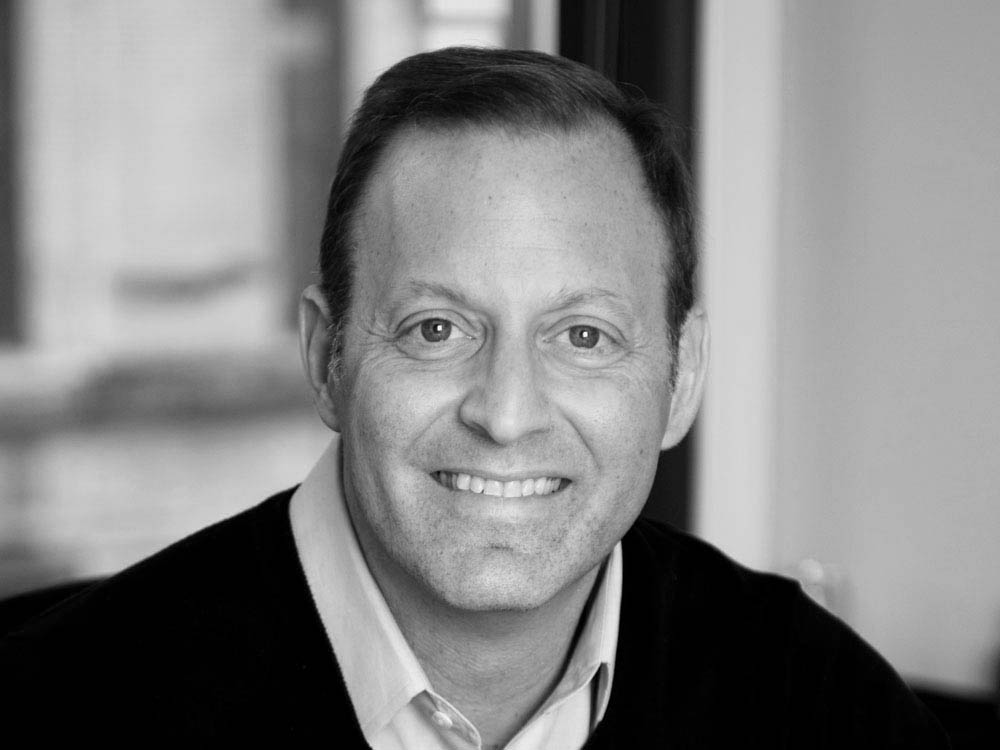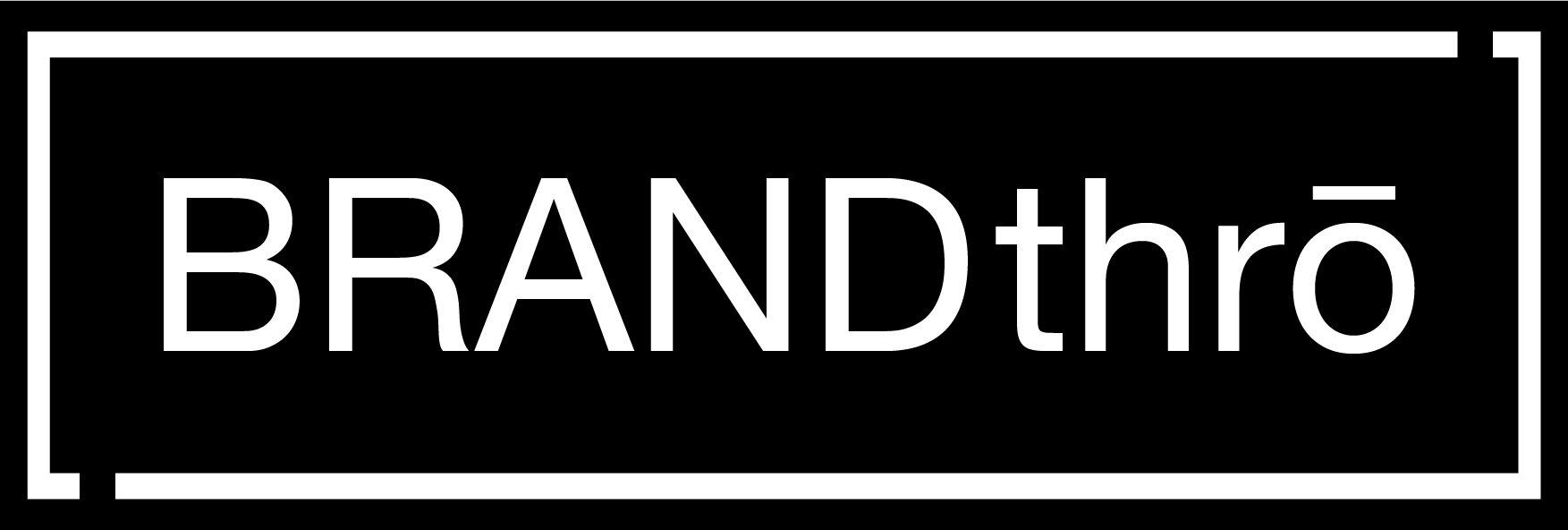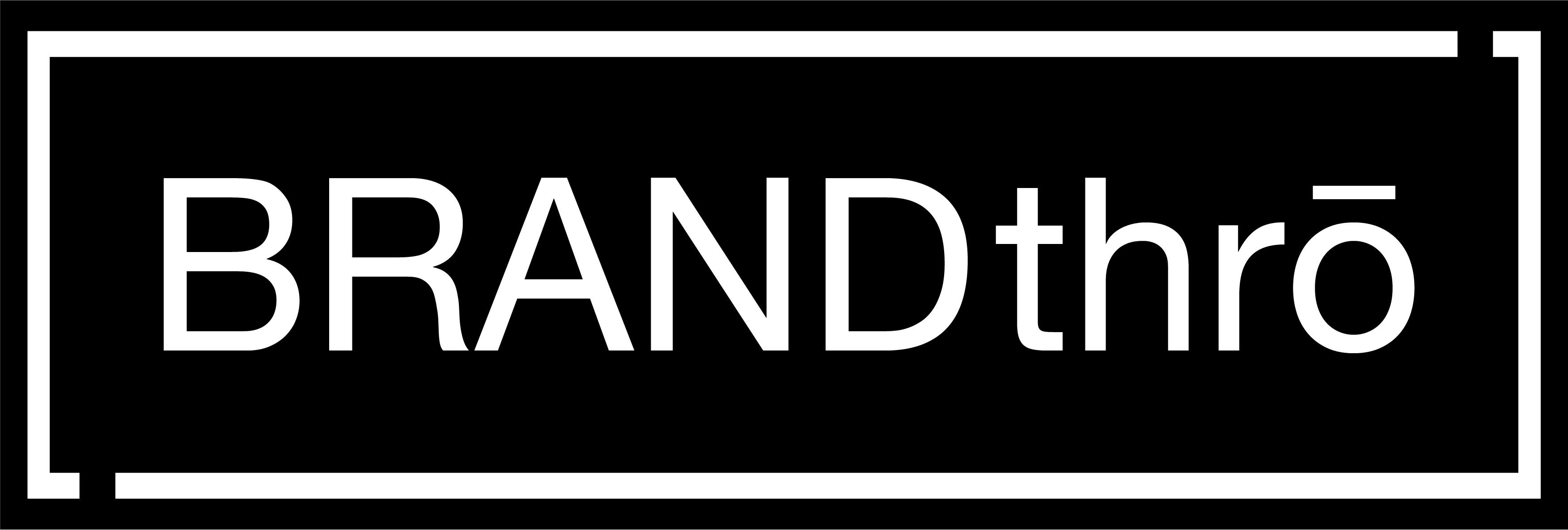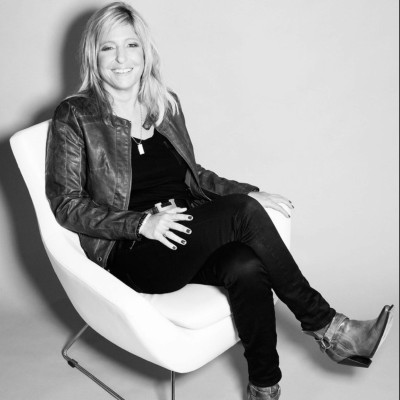
Our Conversation with Zeta Global’s David A. Steinberg
The topic of digital transformation has been top of mind throughout the pandemic, with the pace of it taking place at speeds never before seen. Some may think that wave is behind us, yet the reality is that transformation will only continue to accelerate in the years ahead. This is due to an increasing shift in power between brands and consumers, with the latter more in control than ever before. With that in mind, customer acquisition, retention and overall growth have never been more important. As a result, CEOs and their teams, across industry, are looking for the best means of creating superb customer experiences that not only meet, but beat expectations.

Zeta Global’s David A. Steinberg On Web 2.5, Expanding The Digital Marketing Ecosystem + Nailing Attribution
With all this in mind, I wanted to speak to a CEO with his pulse on the future of digital transformation and best practices for brands and their leadership to keep in mind as premiums on growth only continue to rise. I recently sat down with David A. Steinberg, cofounder, chairman and CEO of marketing technology powerhouse Zeta, a company that continues to be at the forefront of leveraging data and insights to drive exceptional CX and growth through the Zeta Marketing Platform. David is a serial entrepreneur who has also been the CEO of many innovative companies such as InPhonic and Sterling Cellular. Following is a recap of our conversation:
Billee Howard: David, so pleased you could join me for this conversation and thanks again for the invite to Zeta Live! Let’s dive right in. Can you talk to me about the power shift from brands to consumers and what you referenced in one of our earlier conversations: the “dawn” of Web 3.0?
David Steinberg: Web 3.0 is definitely coming. It’s a question of how long it will take to really begin to affect Web 2.0. If you go back to the beginning of commerce a couple of thousand years ago, consumers only had the option to buy what was in front of them- they had no real choice. Then we started getting optionality around markets, and people were able to choose what they wanted to buy. Starting with the industrial revolution, we moved into an ecosystem where companies began to decide what they were going to manufacture and distribute.
The evolution of the internet has a similar model. In Web 1.0, consumers had to choose what was in front of them. Web 2.0 went further, where a group of corporations decided which content and products would be distributed. Web 3.0 will turn everything on its head, where the consumer will have the power to influence decisions about what corporations need to make, manufacturer, and sell to them by controlling their own data on a decentralized system.
Howard: That’s very helpful. Thank you. With that in mind, one of the key words in what you just said that I took away from our first conversation was optionality. What we discussed was the fact that it’s only going continue to intensify in the year ahead. With that in mind, what should marketers be focused on as it pertains to optionality and its intensification?
Steinberg: When you think of what marketers really need to worry about today is what I call Web 2.5. You have 2.0, you’ve got 3.0 and it’s going take a very long time for them to converge.
Here’s how I explain Web 2.5: Two or three corporations now effectively control over 50% of global digital marketing spend. With digital, you need to have the ability to build very detailed attribution models. This is what will give the best visibility and return on investment we’ve ever had, yet, you currently have two or three companies that control it. What you’re going to see is marketers moving beyond Google, Facebook, and Amazon, and other retailers, such as Walmart, will try to move into that space.
As the market evolves, brands are going to need the other 50% of spend to be more efficient. This will be good for the entire ecosystem because if there are only three or four companies controlling all price increases, it’s not the healthiest environment for anyone.
I do believe that marketers need to think about this notion of Web 2.5, which in my opinion, is where you’re using data and artificial intelligence to figure out what consumers want and then give it to them, versus just marketing your products as they exist. I think that’s where Web 2.5 is headed.
Howard: Makes perfect sense. When we last spoke you said transformation rates only began to scratch the surface amidst the pandemic and the pace will continue to accelerate quickly in the years ahead. How can and should marketers respond to this and the unprecedented levels of growth expected today?
Steinberg: I have never, in my 32 year career of being CEO of multiple companies, seen a time where growth is at a higher value premium. CEOs are pushing all of their CMOs to death. It’s all about growth, right? That puts pressure on marketers to focus on what’s going on and where it’s going.
I want to be clear: I think some of the growth rates that we’re seeing this year quite frankly, Billee, are artificial, because a lot of companies had bad years during COVID. I think from a percentage perspective, we’re going to see growth slow, but from a dollars perspective, it’ll grow faster.
You’re going to see marketers struggling to deliver and to do so, they will need to transition faster from analog to digital. This will be a focus on meeting consumers where they are – whether in store, or on a device, or watching TV, and drive a connected experience across those platforms. CTV, addressable TV, and OTT are a huge component of this evolution. I used to talk about how TV would go away, but it’s not going anywhere. TV is just going to become digital, and the market will continue to fracture due to countless streaming services. We’re going see the younger generation, and very quickly the older generations, continue to cut cords at a more rapid pace. As all of this happens, marketers are going need to invest in a better ability to meet customers where they are, in individualized ways, to grow.
Howard: I think that the most innovative and effective attribution models are going to be critical to nearly everything that you just said, particularly your last comments. Can you share your point of view on this in general and then more specifically how Zeta is helping brands solve for these issues?
Steinberg: When you think about where marketing is going, the ability to create a return on investment is something that has always been the Holy Grail. A famous pioneer in marketing once said, “I know that 50% of my advertising is a waste of money. I just don’t know which half.” On the Zeta Marketing Platform, we can now get down to the 97% that is wasted. People say to me all the time, how is it that Zeta cuts very large enterprise costs to create, maintain, and monetize customers by over 50%? The answer is we can eliminate the people who are not interested in buying your products.
The other big industry move is the CDP ecosystem. Zeta has one of the most differentiated CDPs , or customer data platforms. When we import our clients’ data into a CDP, we then merge it with the 225 million Americans who have opted in to be in our data ecosystem. It’s funny, as regulation has evolved, it seems like our original premise of getting people to opt in to be in our data ecosystem continues to only increase in value.
We are able to build hyper-targeted models of not only who is interested in your products, but who’s in market currently and who will be approved for them. When we look at our financial services, insurance, health and wellness, and automotive clients, we’re only showing their products to clients who are actively in market and have a high propensity to want to buy that product. The ability to get hyper-targeted before you go into market is just a massive cost savings. We have full attribution, because it’s all deterministic data. We’re really focused on helping large companies to create, maintain, and monetize customers at a substantially lower cost than they can without us.





